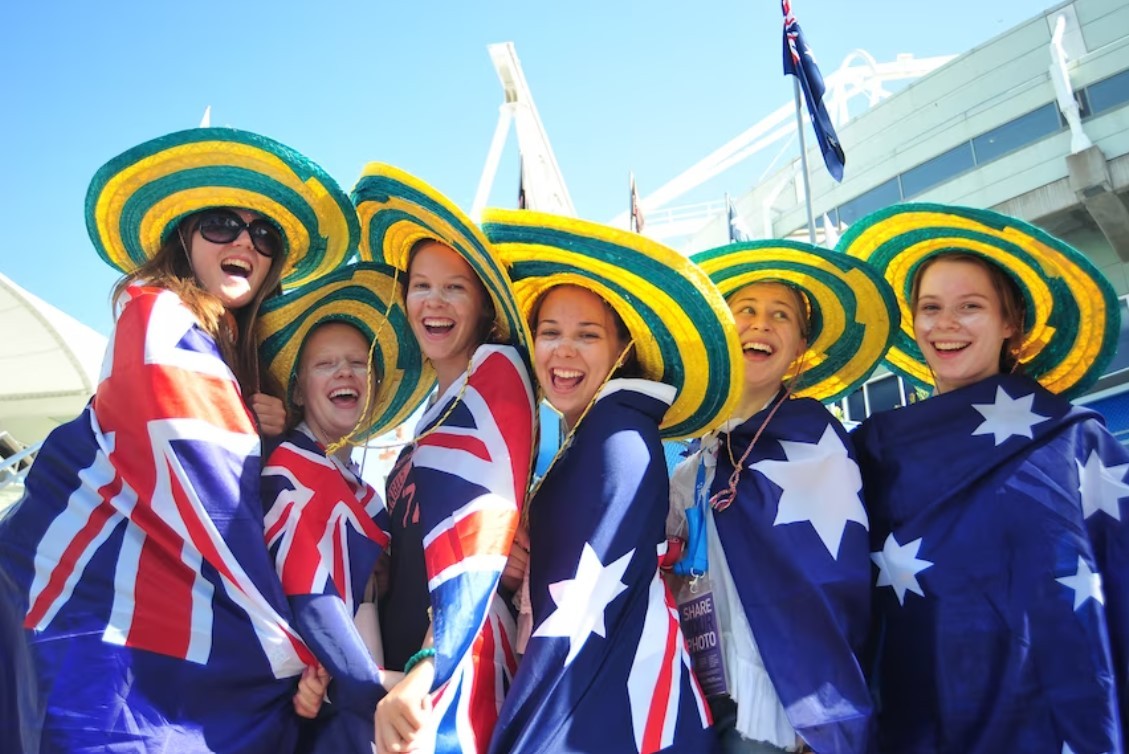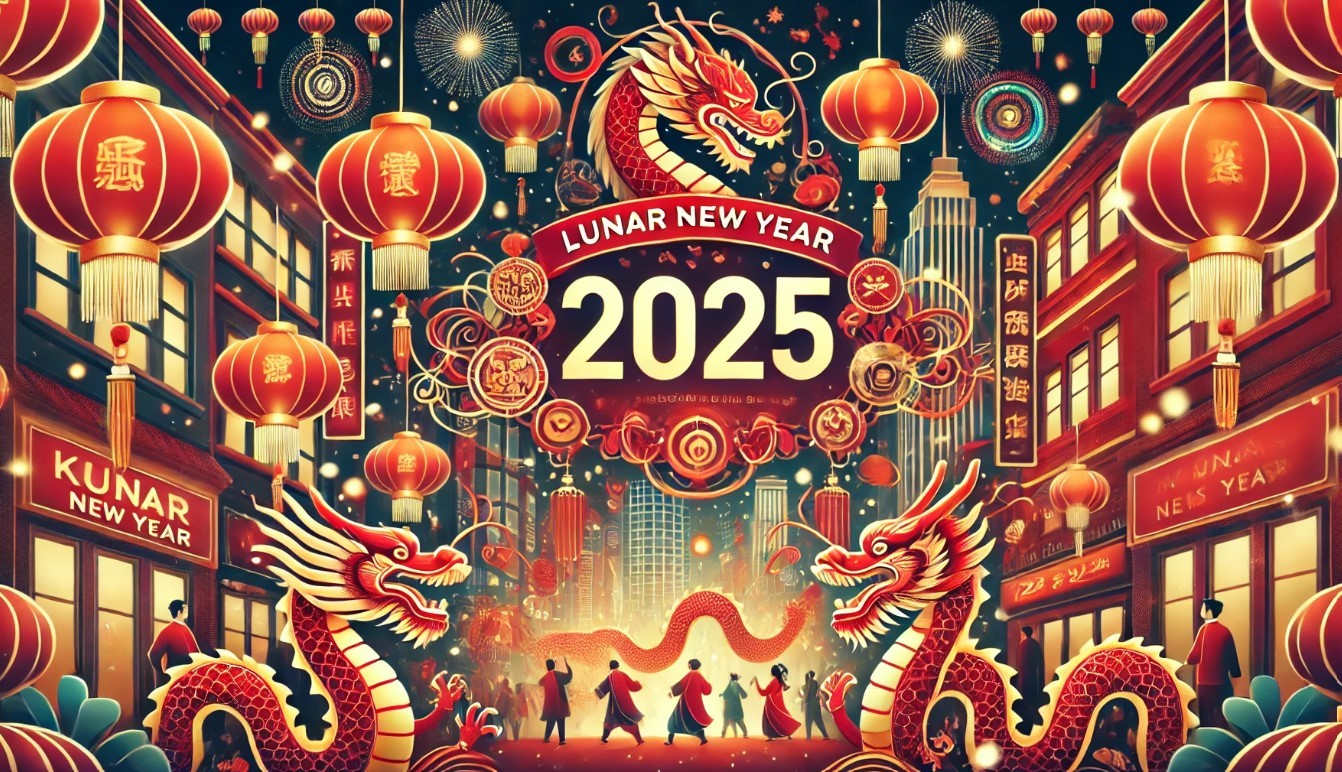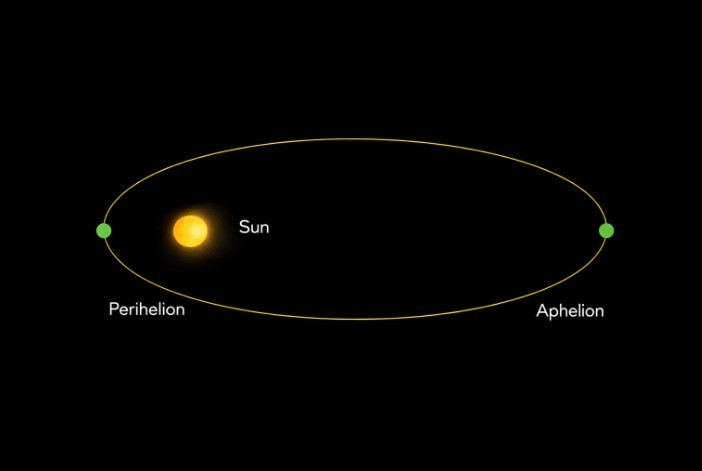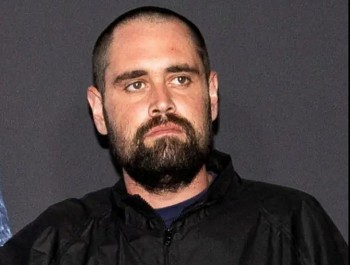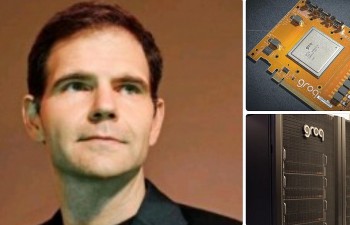Maha Shivratri Day: Date & Time, History, How Celebrate, Rituals
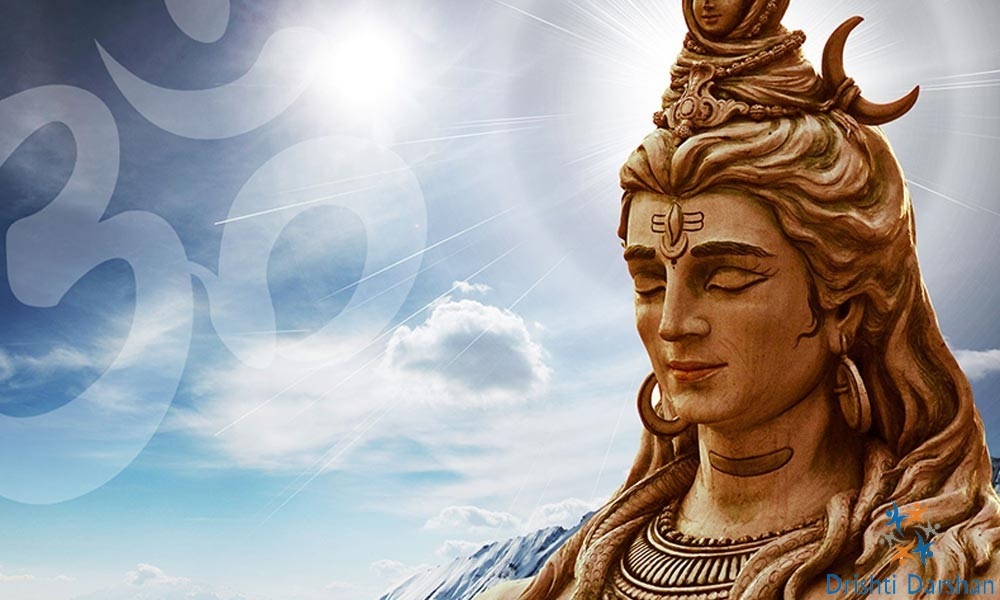 |
| Maha Shivratri is the most significant Hindu festival in India. Photo: All Result Net |
What is Maha Shivratri?
Maha Shivratri, which is also known as 'Padmarajarathri' and 'The Great Night of Shiva', is the most important sectarian festival of the year for devotees of the Hindu god Shiva, as cited by Britannica.
The 14th day of the dark half of each lunar month is especially sacred to Shiva, but when it occurs in the month of Magha (January–February) and, to a lesser extent, in the month of Phalguna (February–March), it is a day of particular rejoicing. The preceding day the participant observes a fast and at night a vigil during which special worship of the lingam (symbol of Shiva) is performed. The following day is celebrated with feasting, festival fairs, and, among the members of the South Indian Lingayat sect, the giving of gifts to the guru (personal spiritual guide).
When will Maha Shivratri take place this year 2021?
According to The Times of India, this year 2021, Maha Shivaratri is celebrated on Thursday, March 11 to honor Lord Shiva.
• Maha Shivaratri Date: Thursday, March 11, 2021
• Chaturdashi Tithi Begins: 02:39 PM on March 11, 2021
• Chaturdashi Tithi Ends - 03:02 PM on Mar 12, 2021
• Ratri First Prahar Puja Time: 06:27 PM to 09:29 PM
• Ratri Second Prahar Puja Time: 09:29 PM to 12:31 AM, March 12
• Ratri Third Prahar Puja Time: 12:31 AM to 03:32 AM, March 12
• Ratri Fourth Prahar Puja Time: 03:32 AM to 06:34 AM, March 12
• Shivaratri Parana Time: 06:34 AM to 03:02 PM
Difference between Shivratri and MahashivratriThe word Shivratri is formed by the amalgamation of two words, Shiv and Ratri, where Shiv means 'Lord Shiva' and Ratri means Night. Therefore, Shivratri means the night of Lord Shiva, India Today cites. Shivratri is celebrated on the 14th day of every month, one day before the new moon, hence the full moon which falls on the Chaturdashi of Krishna Paksha every month is called Shivaratri only. Among the 12 Shivratri celebrated in a year, Mahashivratri is the most important one which comes on the Krishna Chaturdashi of Falgun month generally celebrated in February or March depending upon the planetary position. |
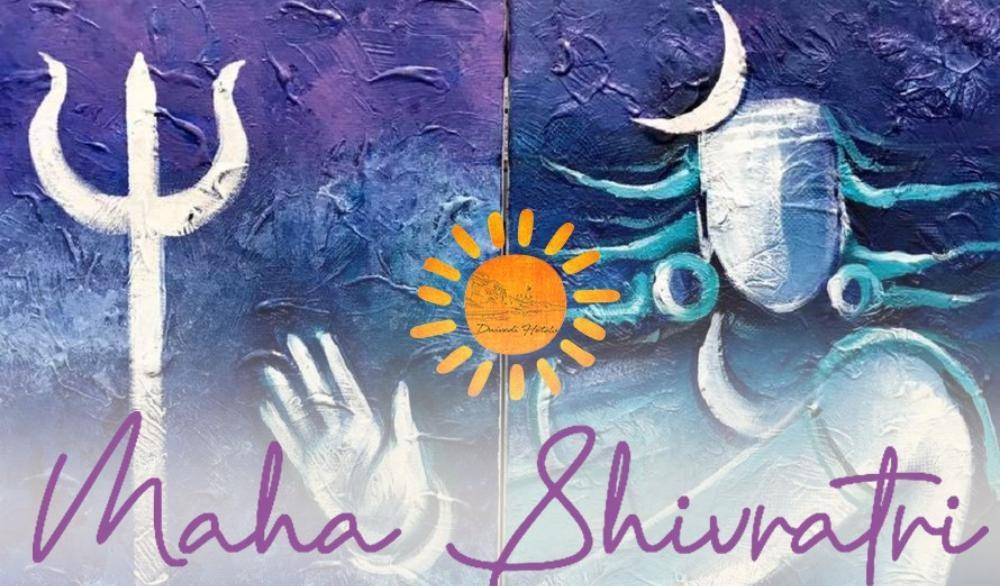 |
| Photo: Events High |
The History of Maha Shivratri
Celebrated annually, Maha Shivratri is celebrated on the new moon day in the Hindu month of Maagha.
There are different versions about the origin of the festival. It is believed to be of the day Lord Shiva got married to Goddess Parvati.
According to lore, Shivratri is celebrated on the day when Lord Shiva saved the world by drinking poison that emerged from the ocean during Samudra Manthan. This poison got stored in his throat thus making it blue which is the reason that Lord Shiva is also known as Neelkanth (blue throat).
The emergence of Shivalinga
According to a legend in Shiva Purana, two of the triads of Hindu Gods – Lord Brahma and Lord Vishnu – were fighting to establish superiority amongst them. Horrified at the intensity of this battle, the other gods requested Lord Shiva to intervene and make them realize the futility of this skirmish. Shiva assumed the form of a huge column of fire between Brahma and Vishnu.
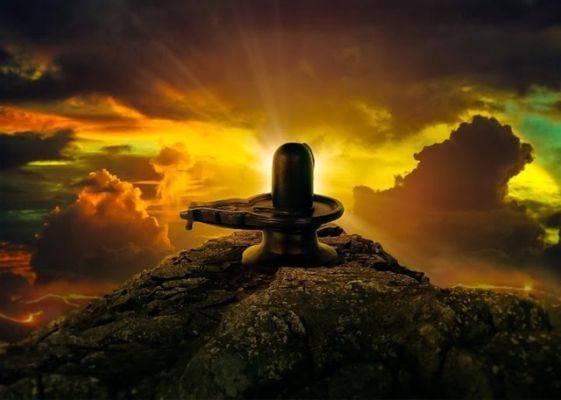 |
| The emergence of Shivalinga. Photo: Dailyhunt |
The latter Gods decided to find the pinnacle of the fire column. Lord Brahma assumed the form of a swan and flew upwards while Lord Vishnu took the form of Varaha (the avatar of the Hindu god Vishnu in the form of a boar) and went inside the Earth. As light is limitless, neither Brahma nor Vishnu could reach the end despite their tedious search.
During his journey, Lord Brahma came across a Ketaki flower wafting down slowly. When asked where she came from, the flower replied that she had been offered at the top of the fire column. Lord Brahma decided to end his search and take the flower as a witness. This infuriated Shiva who then punished Brahma for lying and cursed him that no one would ever pray to him. To date, there is only one temple dedicated to him, the Pushkar temple in Ajmer, Rajasthan. As the Ketaki flower had testified falsely, she too was banned from being used as an offering for any worship. Since Lord Shiva helped pacify the Gods, Maha Shivratri is celebrated in his honor.
When Earth worshipped Lord Shiva
According to another belief, Goddess Parvati once pleaded with Lord Shiva to save the earth from destruction. Lord Shiva agreed to save the world on the condition that its inhabitants worship him with dedication and passion. That’s how the day came to be known as Maha Shivratri. It is also believed that flowers bloom exactly the day after Maha Shivratri, hinting at the fertility of the earth, Hindustan Times cites.
Shiva’s dance
Legend speaks of Maha Shivratri as the night when Shiva performs the dance of creation, preservation, and destruction. The chanting of hymns, the reading of Shiva scriptures by devotees joins this cosmic dance.
Maha Shivaratri is marked by annual dance festivals at major Hindu temples Konark, Khajuraho, Pattadakal, Modhera, and Chidambaram. Nataraja – the supreme god of dances – is also another form of Lord Shiva. Lord Shiva’s dance forms, tandava, and lasya are performed in different forms by classical dancers with respect for God.
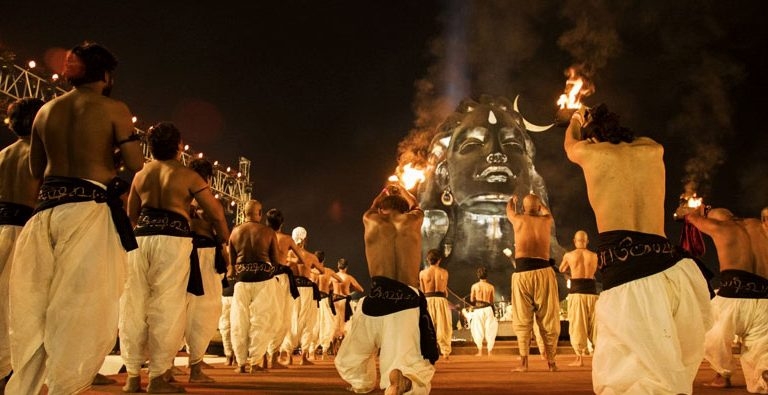 |
| Annual dance festival during Maha Shivratri. Photo: Tamilnadu Tourism |
How Significant Maha Shivratri is?
Maha Shivratri is very significant for people who are on the spiritual path. It is also very significant for people who are in family situations, and also for the ambitious in the world. People who live in family situations observe Maha Shivratri as Shiva’s wedding anniversary. Those with worldly ambitions see that day as the day Shiva conquered all his enemies.
But, for the ascetics, it is the day he became one with Mount Kailash. He became like a mountain – absolutely still. In the yogic tradition, Shiva is not worshipped as a God but considered as the Adi Guru, the first Guru from whom the science of Yoga originated. After many millennia in meditation, one day he became absolutely still. That day is Maha Shivratri. All movement in him stopped and he became utterly still, so ascetics see Maha Shivratri as the night of stillness.
How is Maha Shivratri, Night of Awakening, is celebrated?
Most people spend the day of Maha Shivratri in prayer, meditation, and celebration. Let this night not just be a night of wakefulness, let this night be a night of awakening for you.
Here are a few activities you could participate in:
#1. Observe fasting on the day of Mahashivratri
Fasting detoxifies the body and curtails the restlessness of the mind. A mind that is not restless slips into meditation easily. Therefore, fasting on Maha Shivratri serves to detoxify the body and aid meditation. It is recommended to fast with fruits or foods that are easily digestible. Learn more about Maha Shivratri fasting guidelines.
#2. Attend Maha Shivratri Puja/Rudra Puja
Rudra Puja or Maha Shivratri Puja is a special ceremony performed to honor Lord Shiva. It involves singing special Vedic mantras accompanied by certain rituals. Rudra Puja brings positivity and purity to the environment and transforms negative emotions. Participating in the Puja and listening to the chants helps the mind slip into meditation effortlessly.
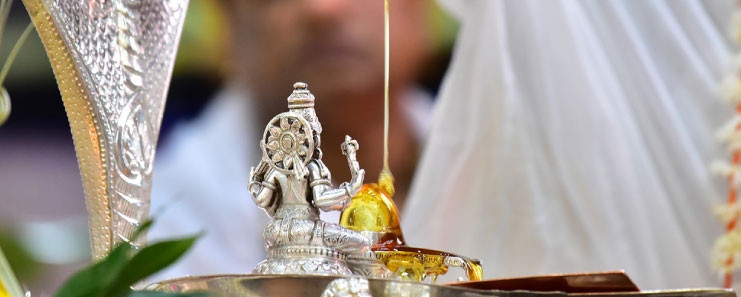 |
| Photo: Art of Living |
#3. Chant ‘Om Namah Shivaya’
• ‘Om Namah Shivaya’ is the perfect mantra to chant on Mahashivratri, as it immediately elevates your energy.
• ‘Om’, is the mantra, which refers to the sound of the universe. It means peace and love. The five letters, ‘Na’, ‘Ma’, ‘Shi’, ‘Va’, ‘Ya’ in ‘Namah Shivaya’ indicate the five elements - Earth, Water, Fire, Air, and Ether.
• Chanting ‘Om Namah Shivaya’ harmonizes the five elements of the universe. When there is peace, love, and harmony in all the five elements, then there is bliss and joy.
• Along with OM Namah Shivay Chanting you can chant - Shiv Tandav Stotram and Kaal Bhairav Ashtakam
#4. Meditate on Maha Shivratri
Meditate to the chants of the auspicious Maha Shivratri Puja at The Art of Living International Center, Bengaluru. The position of the constellations on the night of Maha Shivratri is considered very auspicious for meditation. So, it is advisable for people to keep awake and meditate on Shivaratri.
In ancient times, people used to say, 'If you cannot meditate every day, do so for at least one day in a year - on Shivratri day - keep awake and do meditation'.
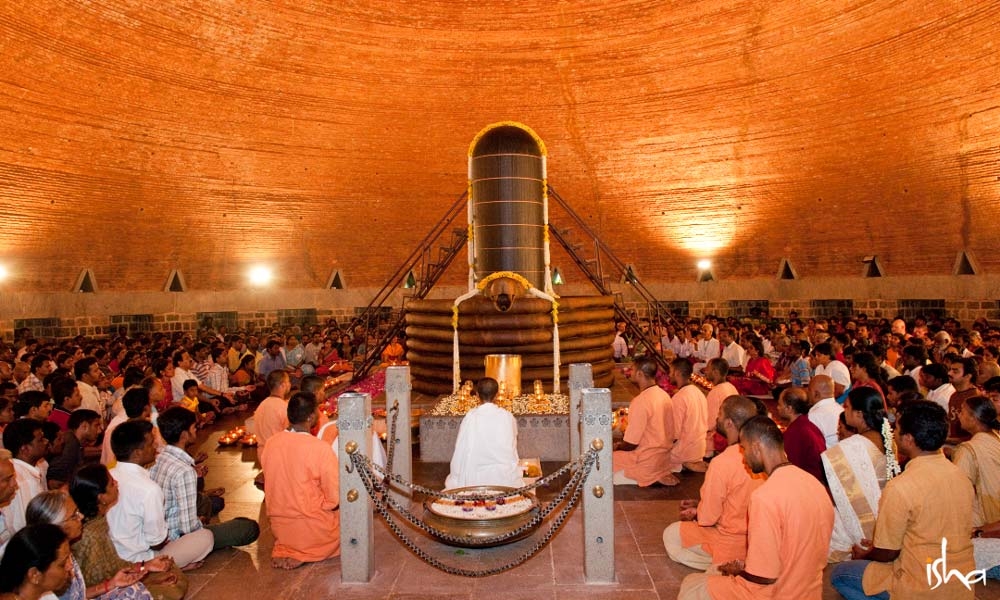 |
| Photo: Isha Sadhguru |
#5. Worship the Shivalinga
The Shivalinga is a symbolic representation of the formless Shiva. According to Art of Living, worshipping the Shivalinga includes offering ‘Bel Patra’ (leaves of the bel tree) to it. Offering ‘Bel Patra’ represents offering three aspects of your being - rajas (the aspect of you that is responsible for activity), tamas (the aspect of you that brings inertia), and sattva (the aspect of you that brings positivity, peace, and creativity). These three aspects affect your mind and actions. Surrendering the three to the Divine brings peace and freedom.
| Maha Shivratri is an opportunity and a possibility to bring yourself to that experience of the vast emptiness within every human being, which is the source of all creation. On the one hand, Shiva is known as the destroyer. On the other, he is known as the most compassionate. He is also known to be the greatest of the givers. The yogic lore is rife with many stories about Shiva’s compassion. The ways of expression of his compassion have been incredible and astonishing at the same time. So Maha Shivratri is a special night for receiving too. It is our wish and blessing that you must not pass this night without knowing at least a moment of the vastness of this emptiness that we call Shiva, as cited by Isha Sadhguru. |
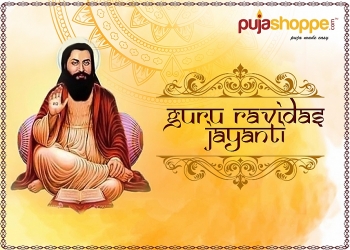 Guru Ravidas Jayanti Holiday: When, History, How to Celebrate, Great quotes and Inspirational Messages Guru Ravidas Jayanti Holiday: When, History, How to Celebrate, Great quotes and Inspirational Messages "Guru Ravidass Jayanti", the birthday of Guru Ravidas, celebrated on Magh Purnima, the full moon day in the month of Magh month, is one of ... |
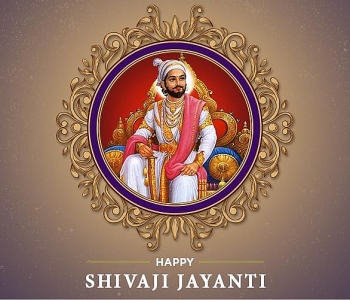 What is Shivaji Jayanti: Date, Time, History and Celebrations of an optional holiday in India What is Shivaji Jayanti: Date, Time, History and Celebrations of an optional holiday in India Shivaji Jayanti, or Chhatrapati Shivaji Maharaj Jayanti in full, is an interesting holiday in India that everyone who is visiting India would like to take ... |
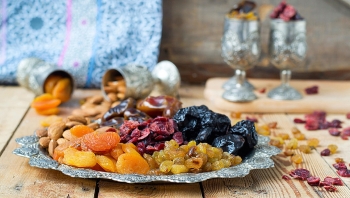 Tu Bishvat Day: What and When is it celebrated, How people celebrate? Tu Bishvat Day: What and When is it celebrated, How people celebrate? Tu BiShvat also known as Tu B'Shevat is on the 15th day of the Shvat month in the Jewish calendar. It is the Jewish new ... |

